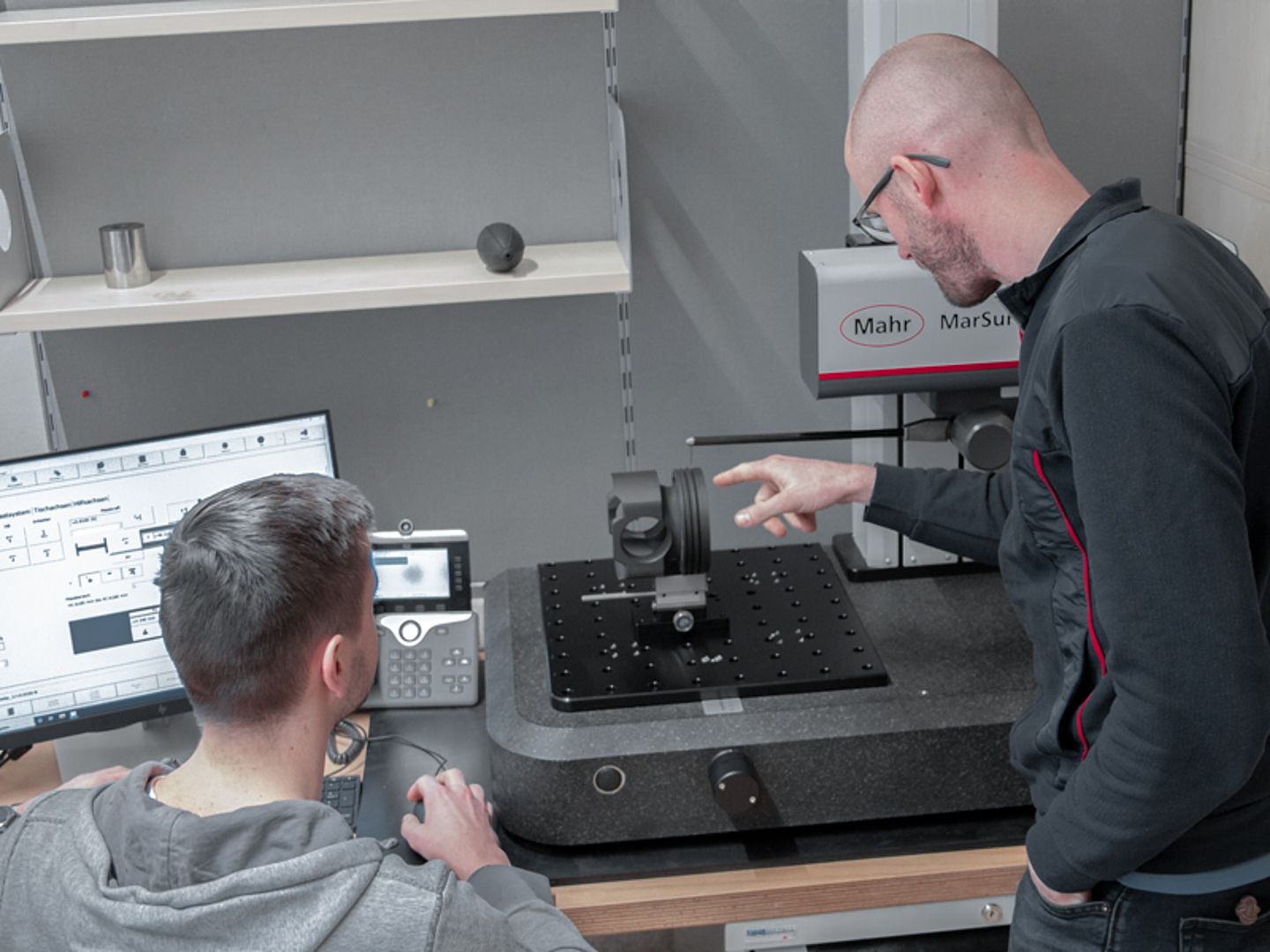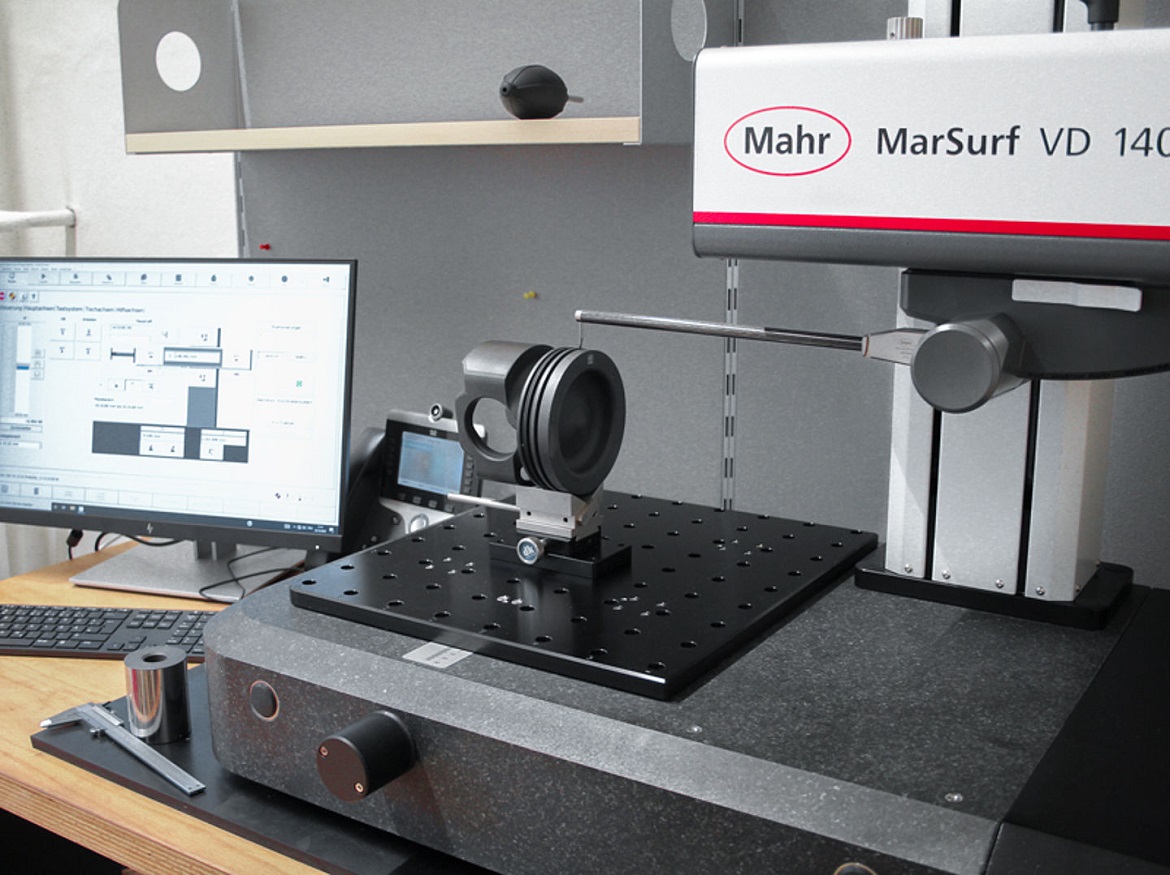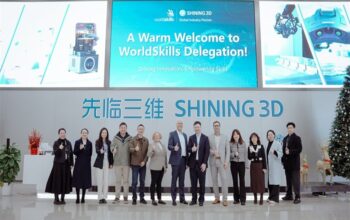The load placed on gears, connecting rods, and piston pins is considerable. Wear and tear is the unintended result. University of Leoben mechanical engineering students are investigating how rapidly this happens and where on the component it happens. Tactile Mahr 2D measurement technology is also in use.
In industrialized nations, the annual harm brought on by wear and tear is equivalent to about 7% of the GDP. Here, the following holds true: The impact on safety and economic efficiency is reduced the earlier a critical condition is identified. The researchers and students at the general mechanical engineering chair at the Montanuniversität Leoben/Styria are specifically looking at this.
The research, which is frequently conducted on behalf of international industrial cooperation, focuses on mechanical parts and machines from the mobility and energy sectors. The (potential) engineers conduct damage analyses on the model size of components subject to tribological stress, such as gears, valve train systems, crankshafts, connecting rods, cylinder liners, or piston pins, in order to estimate and quantify the wear of the components in advance.
The chair’s component durability is a secondary consideration. Their fatigue strength behavior is investigated for this purpose utilizing tiny test objects. Senior scientist at the chair Dr. Monthly Michael Pusterhofer adds, “For example, we carry out complicated studies with vibration testing devices to assess operational stability. “A component, such as a connecting rod or crankshaft, is designed for operation and put through its paces by pulling and pushing.” The goal is to optimize the technological systems, whether that be in terms of durability, wear patterns, effectiveness, or production costs.

Testing the samples with the MarSurf VD 140
The samples are carefully checked after the test series. The MarSurf VD 140, which has been supporting work in the lab for almost a year, is a crucial instrument. The 140 mm scanning range roughness and contour measuring station provide fast speed and a great deal of flexibility. This is best demonstrated by the extensive measuring range, a workpiece weight limit of 80 kilograms, and the extremely straightforward clamping mechanism, which allows workpieces to be positioned securely, rapidly, and accurately. According to Michael Parzer, Field Sales Engineer at Mahr Austria GmbH, “The latter also supports the high repeatability and accuracy of the measurements, and with the quick CNC axes and the MarWin software, the process can also be automated.”
Pusterhofer claims that the majority of students in their fourth semester and higher, as well as doctorate students, perform the measurements using the MarSurf VD 140. The measuring range at the institute is around half a millimeter for the roughness and 70 millimeters for the contour. Up to 100 samples can be measured at once thanks to the measuring device’s automation capabilities, and from those measurements, questions are produced, for example, for upcoming theses. The tactile all-rounder from Mahr allows for simultaneous measurements of 30 to 40 profiles; this is done automatically by the machine, for instance at intervals of 0.5 millimeters. The engineer emphasizes that there is very little scatter with the gadget. The wear level can then be determined by creating a 3D surface from the measurements using custom software.
Tactile vs. optical
The results of the measurements are then applied to actual components using a variety of techniques and models. Optical 3D measuring is also used at the institute, according to Pusterhofer. “A 3D device can also be used to complete the aforementioned measuring duties, but not all problems need such thorough measurements. This task would need an eight-hour confocal microscope, but the tactile VD 140 can complete it in just five minutes at the highest resolution. In this instance, quality assurance could not be any higher, according to the researcher.
They are quite happy with the Mahr device because it is perfect for routine, rapid measurements. This is also appreciated by coworkers from other departments who enjoy using the device to test the thermal expansion of multilayer composites or look at how different casting parameters affect the surface shape.
Direct service by near site
Since the gadget has been in use at the facility for roughly a year, the enormous equipment park at the general mechanical engineering chair has grown. According to Pusterhofer, the machine park was enlarged in 2021, and he had personally vehemently supported a tactile gadget. Mahr won an internal allocation process that we underwent. Along with the extremely high level of accuracy, the cost also persuaded us. The engineer continues, “And what we also gain from is the proximity to the Mahr location, which enables direct service. Michael Parzer was readily available and offered excellent assistance.
“The VD 140 works damn well, and both my coworkers and I are extremely pleased with the purchase.” – Following a two-day training session at Mahr Austria, Pusterhofer and a technician from the institution imparted their newfound expertise to coworkers and pupils.
With this potent 2D technology at their disposal, the research team can now completely focus on their core strengths and target wear and material fatigue in order to advance the energy and mobility revolution.
Click on the following link Metrologically Speaking to read more such news about the Metrology Industry.








